Retro Replay Review
Gameplay
The core gameplay loop of Tazz is deceptively simple yet highly addictive. Players guide Tazzman, a cheerful yellow protagonist, through a series of claustrophobic rooms teeming with relentless bugs. Your only weapon is a four-directional laser gun, but there’s a twist: you can’t fire while on the move. This restriction creates a thrilling cat-and-mouse dynamic, forcing you to weigh positioning against timing as you dodge hazards and line up the perfect shot.
(HEY YOU!! We hope you enjoy! We try not to run ads. So basically, this is a very expensive hobby running this site. Please consider joining us for updates, forums, and more. Network w/ us to make some cash or friends while retro gaming, and you can win some free retro games for posting. Okay, carry on 👍)
Adding depth to the experience are the bombs scattered throughout each level. These explosives serve dual purposes—obliterating the two nasties hot on your heels and halting the ever-encroaching walls. Strategically deploying a bomb can turn the tide when you’re cornered, but supplies are limited, so conservation and timing are key. Learning when to save your bombs for a high-stakes moment is part of the mastery curve that keeps you coming back for “just one more” run.
Rooms only unlock once all bugs have been neutralized, at which point both left and right exits spring open. This two-pronged escape mechanism opens up choices of path, making you prioritize risk versus reward: do you dash straight for the closest exit or clear the room thoroughly for extra points? With every two rooms offering a special bonus chamber—complete with collectible numbers, extra bombs, and interchangeable exits—the pace shifts to a more methodical, score-chasing mode that allows seasoned players to farm extra lives and power-ups.
Starting with five lives and earning an extra one every 10,000 points, Tazz strikes a fine balance between accessibility and challenge. The lack of on-the-fly shooting while moving, combined with ever-tightening walls and aggressive enemy AI, demands precision and patience. Yet, the promise of bonus rooms and high-score bragging rights keeps frustration in check, turning each failure into a learning opportunity rather than a hard stop.
Graphics
Tazz adopts a vibrant retro-inspired art style that channels the golden age of arcade shooters. The color palette is dominated by bold primaries—sunny yellows for Tazzman, deep blues for the rooms, and neon greens for the bugs—ensuring that every element pops against the backdrop. This high-contrast approach not only looks great but also aids gameplay by making threats and pickups instantly recognizable.
Character animations are delightfully simple yet effective. Tazzman’s upright stance when shooting emphasizes his vulnerability during attacks, while the fluid four-way firing animation conveys a satisfying sense of impact. The bugs, though basic in design, bob and jitter in unpredictable patterns that keep you on your toes. Even the two nasties chasing you display a menacing gait that ramps up the tension each time you spot them in the corner of your screen.
The room-transition effects are a standout detail. Rather than an abrupt cut, walls slide inward in a smooth animation, reminding you of the impending danger even as you momentarily relish the “safe” next chamber. Likewise, the bonus rooms feature flashing number icons and pulsing bombs that feel like a mini-celebration for your skill. These small visual flourishes elevate the overall experience, making each stage change a mini-event rather than just a convenience.
While Tazz doesn’t push the boundaries of modern graphical horsepower, its pixel-perfect presentation and cohesive design language give it a timeless quality. It’s clear the developers prioritized readability and charm over flashy effects, and that decision pays off by creating an aesthetic that’s both nostalgically comforting and immediately engaging.
Story
Tazz’s narrative is intentionally minimal, focusing on pure arcade action rather than a sprawling plot. Players assume the role of Tazzman, a fun-loving hero on a bug-busting mission through a maze of chambers. The simplicity of this setup allows you to jump straight into the gameplay without wading through cutscenes or exposition dumps.
Despite its brevity, the story framework provides enough context to make your actions feel meaningful. You’re not shooting waves of bugs for no reason—you’re liberating each room from an infestation that threatens to crush you under closing walls. This life-or-death scenario, combined with Tazzman’s upbeat personality, creates an amusing contrast between perilous gameplay and lighthearted characterization.
Bonus rooms serve a dual narrative function: they act as a breather in the midst of chaos and symbolize Tazzman’s short-lived triumphs. Collecting numbered tokens and extra ordnance feels like a celebratory interlude, reinforcing the sense that you’re building towards a greater goal rather than simply grinding through stages.
In an era where many games feel weighed down by sprawling lore, Tazz stands out by keeping its story lean and focused. What it lacks in narrative depth, it more than makes up for with relentless action and a charming protagonist, proving that sometimes less truly is more.
Overall Experience
Playing Tazz is akin to diving into a modern arcade classic. Each run is a tight, 2–3 minute adrenaline rush that balances risk, reflexes, and resource management. The mixture of single-room battles, dual-exit choices, and periodic bonus challenges keeps the gameplay loop fresh and encourages repeat sessions as you hunt for higher scores and more efficient bomb usage.
Difficulty ramps at a steady but forgiving pace. Beginners can learn the movement-and-shooting rhythm without being steamrolled, while veterans will relish the incremental complications—faster enemies, tighter walls, and sparser bomb drops—that separate novices from experts. The extra-life system tied to your point total offers a sense of progression, so every bug you blast and every bonus you clear contributes to your survivability.
Although there’s no deep narrative to unravel, Tazz’s charm lies in its execution. Its mechanics are immediately graspable yet difficult to master, visuals are crisp and purposeful, and the overall tone is playful without ever undermining the stakes. Whether you’re a retro enthusiast or a newcomer to arcade shooters, Tazz offers a finely tuned blend of challenge and accessibility.
In the crowded landscape of indie action titles, Tazz cuts a distinctive figure by marrying classic design principles with modern polish. It’s a game you can pick up for five minutes of quick fun or settle in for multiple runs as you chase that next high score. If you’re craving a no-nonsense shooter with plenty of personality and enough depth to keep you hooked, Tazz is well worth your attention.
 Retro Replay Retro Replay gaming reviews, news, emulation, geek stuff and more!
Retro Replay Retro Replay gaming reviews, news, emulation, geek stuff and more!
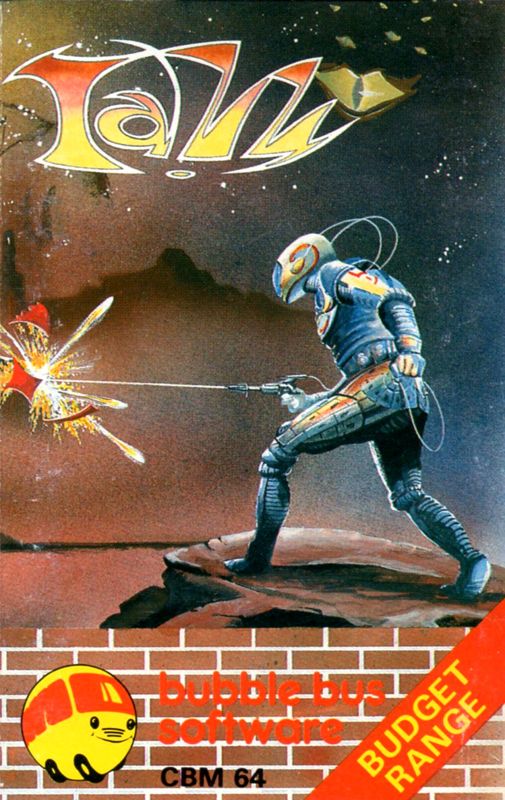
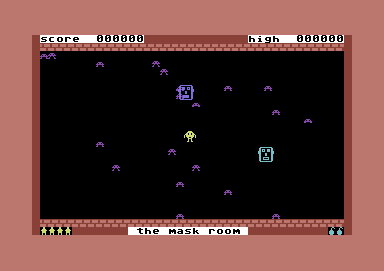
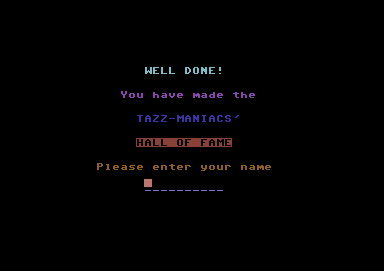
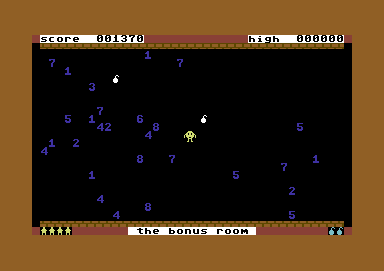
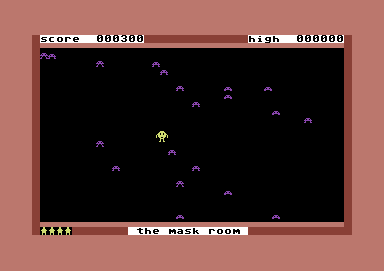
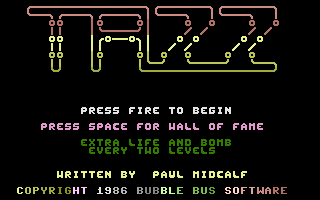



Reviews
There are no reviews yet.